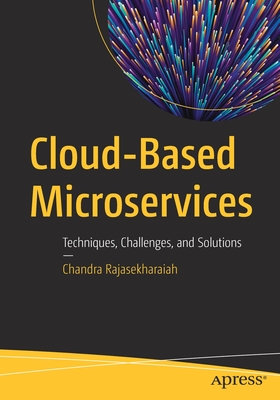The Taxobook: History, Theories, and Concepts of Knowledge Organization, Part 1 of a 3-Part Series (Synthesis Lectures on Information Concepts, Retrieval, and Services)
暫譯: 稅務書:知識組織的歷史、理論與概念,三部曲第一部(資訊概念、檢索與服務綜合講座)
Marjorie M.K. Hlava
- 出版商: Morgan & Claypool
- 出版日期: 2014-10-01
- 售價: $1,750
- 貴賓價: 9.5 折 $1,663
- 語言: 英文
- 頁數: 164
- 裝訂: Paperback
- ISBN: 1627055789
- ISBN-13: 9781627055789
海外代購書籍(需單獨結帳)
商品描述
This is the first volume in a series about creating and maintaining taxonomies and their practical applications, especially in search functions. In Book 1 (The Taxobook: History, Theories, and Concepts of Knowledge Organization), the author introduces the very foundations of classification, starting with the ancient Greek philosophers Plato and Aristotle, as well as Theophrastus and the Roman Pliny the Elder. They were first in a line of distinguished thinkers and philosophers to ponder the organization of the world around them and attempt to apply a structure or framework to that world. The author continues by discussing the works and theories of several other philosophers from Medieval and Renaissance times, including Saints Aquinas and Augustine, William of Occam, Andrea Cesalpino, Carl Linnaeus, and Rene Descartes. In the 17th, 18th, and 19th centuries, John Locke, Immanuel Kant, James Frederick Ferrier, Charles Ammi Cutter, and Melvil Dewey contributed greatly to the theories of classification systems and knowledge organization. Cutter and Dewey, especially, created systems that are still in use today. Chapter 8 covers the contributions of Shiyali Ramamrita Ranganathan, who is considered by many to be the ""father of modern library science."" He created the concept of faceted vocabularies, which are widely used (even if they are not well understood) on many e-commerce websites. Following the discussions and historical review, the author has included a glossary that covers all three books of this series so that it can be referenced as you work your way through the second and third volumes. The author believes that it is important to understand the history of knowledge organization and the differing viewpoints of various philosophers; even if that understanding is only that the differing viewpoints simply exist. Knowing the differing viewpoints will help answer the fundamental questions: Why do we want to build taxonomies? How do we build them to serve multiple points of view?
商品描述(中文翻譯)
這是關於創建和維護分類法及其實際應用,特別是在搜尋功能中的系列書籍的第一卷。在第一本書《分類書:知識組織的歷史、理論和概念》中,作者介紹了分類的基本原則,從古希臘哲學家柏拉圖和亞里士多德開始,以及西奧弗拉斯圖斯和羅馬的老普林尼。他們是第一批思考周圍世界組織的傑出思想家和哲學家,並試圖將結構或框架應用於該世界。作者接著討論了幾位中世紀和文藝復興時期哲學家的著作和理論,包括聖托馬斯·阿奎那和聖奧古斯丁、威廉·奧卡姆、安德烈亞·切薩爾皮諾、卡爾·林奈和勒內·笛卡爾。在17、18和19世紀,約翰·洛克、伊曼紐爾·康德、詹姆斯·弗雷德里克·費里爾、查爾斯·阿米·卡特和梅爾維爾·杜威對分類系統和知識組織的理論做出了重大貢獻。特別是卡特和杜威創建的系統至今仍在使用。第八章涵蓋了希亞利·拉馬姆里塔·蘭加納坦的貢獻,他被許多人認為是“現代圖書館學之父”。他創造了多面向詞彙的概念,這在許多電子商務網站上被廣泛使用(即使它們並不被很好理解)。在討論和歷史回顧之後,作者還附上了一個詞彙表,涵蓋了本系列的三本書,以便在閱讀第二和第三卷時可以參考。作者認為,了解知識組織的歷史和各種哲學家的不同觀點是重要的;即使這種理解僅僅是知道這些不同的觀點確實存在。了解不同的觀點將有助於回答基本問題:我們為什麼想要建立分類法?我們如何建立它們以服務於多種觀點?






























